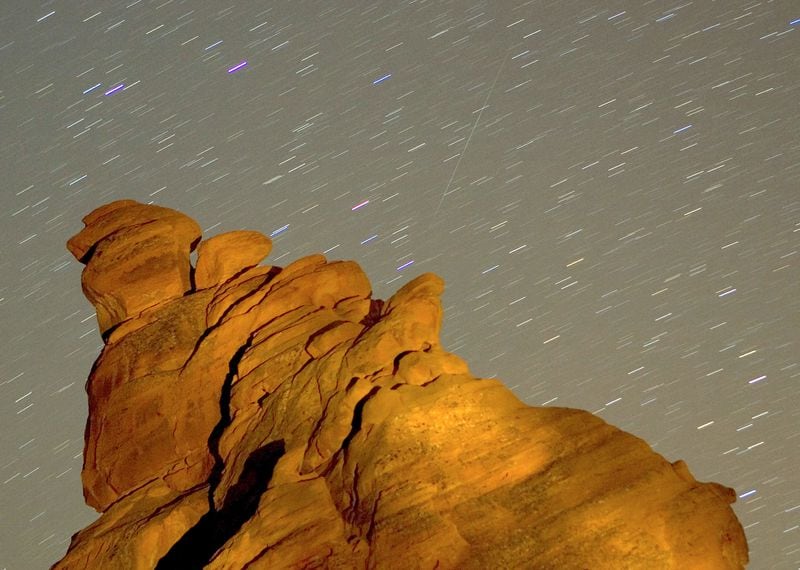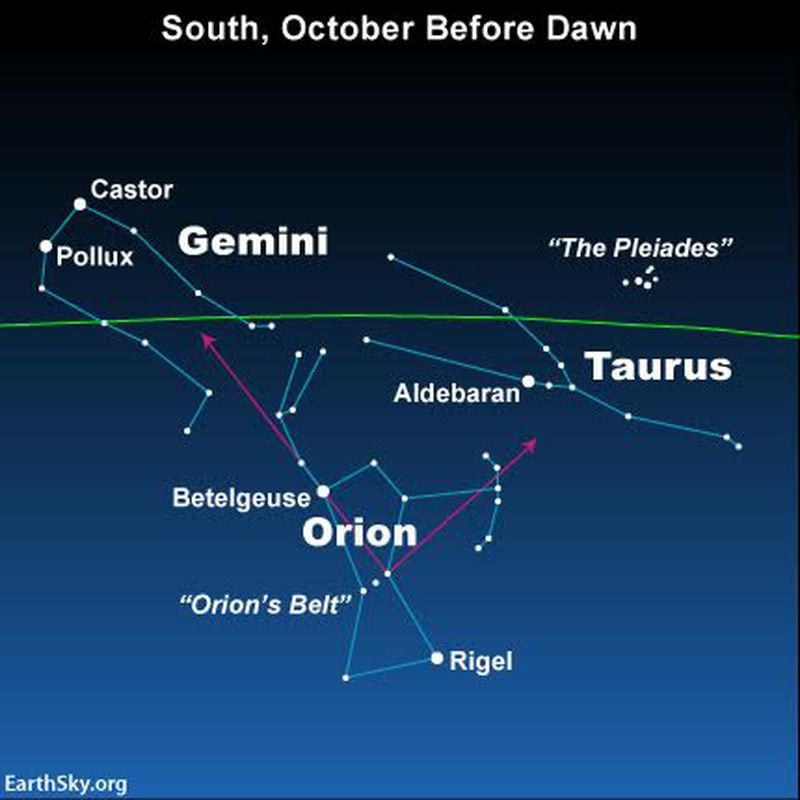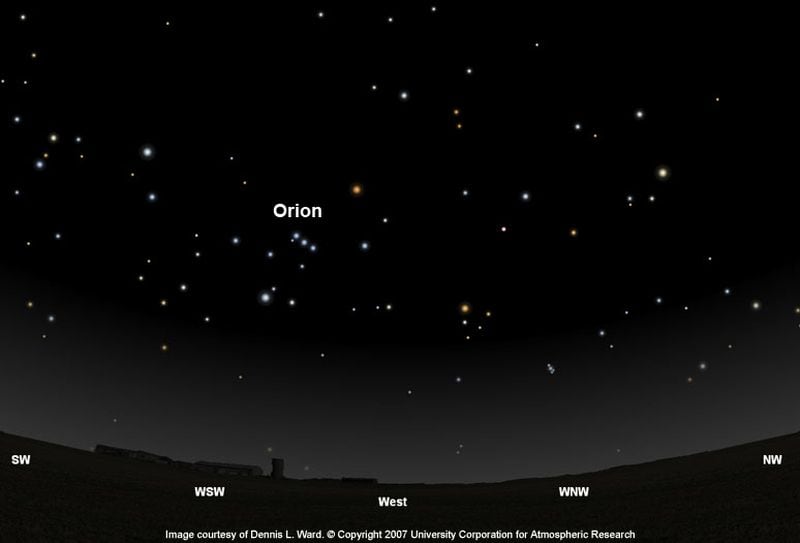This story has been updated.
The holiday season is about to get a lot brighter this year with the famous Geminid meteor shower sparkling the night sky.
If you plan to catch a ride aboard the train at Macy's Pink Pig in Atlanta — a local holiday tradition — or attend one of the most spirited holiday parades in the country, you may also want to squeeze in some time for this celestial spectacle on Dec. 13 and Dec. 14.
Here’s what you need to know about the 2017 Geminid meteor shower:
Credit: Ethan Miller
Credit: Ethan Miller
What are the Geminids and where do they come from?
Known as one of the sky’s best annual meteor showers, the Geminids will return and peak during mid-December this year.
While most meteor showers originate from comets, the Geminids originate from the asteroid 3200 Phaethon, which takes 1.4 years to orbit the sun, according to NASA.
“It is possible that Phaethon is a ‘dead comet’ or a new kind of object being discussed by astronomers called a ‘rock comet,’” NASA reported. But because Phaethon doesn’t develop a cometary tail as it passes the sun and its meteoroids are much denser than cometary debris, scientists aren’t exactly sure how to define Phaethon.
The 3.17-mile asteroid was discovered in 1983 by the Infrared Astronomical Satellite.
Why are they called Geminids?
The Geminid meteors are named after their radiant, defined as the point in the sky from which they appear to come from, the constellation Gemini.
What’s the difference between a meteoroid, meteor and, meteorite anyway?
Bill Cooke, head of NASA's Meteoroid Environment Office told Space.com that a meteoroid is essentially space debris. For example, the "crumbs" left behind from Halley's Comet trail are meteoroids.
These “crumbs” can also be left behind by asteroids, such as the 3200 Phaethon.
Once the meteoroids enter Earth’s atmosphere, they become meteors (or shooting stars).
Though most meteors disintegrate before hitting the ground, meteors that do strike the surface of the planet are called meteorites, Cooke said.
When will the 2018 Geminid meteor shower peak?
This year, the Geminids will peak around 2 a.m. on the night of Dec. 13 and morning of Dec. 14.
According to NASA, the shower starts between 9-10 p.m.
How many meteors will I see?
In optimal sky conditions, you'll be able to catch one meteor per minute, reaching 100 meteors per hour, according to Space.com.
Where do I have to go to watch the meteor showers?
The meteor shower will be best visible from the Northern Hemisphere, but it’s visible from the Southern Hemisphere as well. Be sure to go somewhere far from city lights.
Do I need binoculars?
According to Space.com, binoculars and telescopes won't actually help. That's because those tools are designed to magnify and focus on stationary objects in the sky.
The naked eye will do just fine.
How to watch the live stream
Slooh.com will begin broadcasting the Geminid meteor shower starting at 6 p.m. Wednesday, Dec. 13.
How to safely watch the Geminid meteor shower, according to NASA
When you’re outside in the dark, lie flat on your back with your feet facing south and look up at the vast sky.
Give yourself 30 minutes for your eyes to adapt to the environment.
Be sure to being warm clothing, a sleeping bag, blanket or lawn chair.
How to find the constellation Gemini
Though you can view the Geminid meteor shower throughout the night sky, stargazers may be interested in identifying the meteors’ radiant, the constellation Gemini.
One of the best ways to find Gemini is to look for the constellation Orion first, easily identifyable by the naked eye thanks to its three bright stars in the hunter’s “belt.” You’ll be able to see Gemini’s two brightest stars, Castor and Pollux, always sitting noticeably close to each other in the sky.
If you're having trouble identifying the constellations, consider downloading some sky-watching apps, such as SkyView Free (on Android and iOS) or Sky Map (Android).
GLOBE at Night also has a nifty Orion Finder Chart that will show you Orion based on your location, for anyone interested.
From globeatnight.org:
The easiest way to find Orion is to go outside in the evening and look in the southwest sky if you are in the northern hemisphere or the northwestern sky if you are in the southern hemisphere. If you live on or near the equator, he will be visible in the western sky. You are looking for three bright stars close together in an almost-straight line. These three stars represent Orion's belt. The two bright stars to the north are his shoulders and the two to the south are his feet.
Here’s a snapshot of Orion in the Georgia night sky, according to the GLOBE at Night citizen-science program.
"For best results, you should look slightly away from Gemini so that you can see meteors with longer 'tails' as they streak by; staring directly at Gemini will just show you meteors that don't travel very far," Space.com reported.
About the Author









